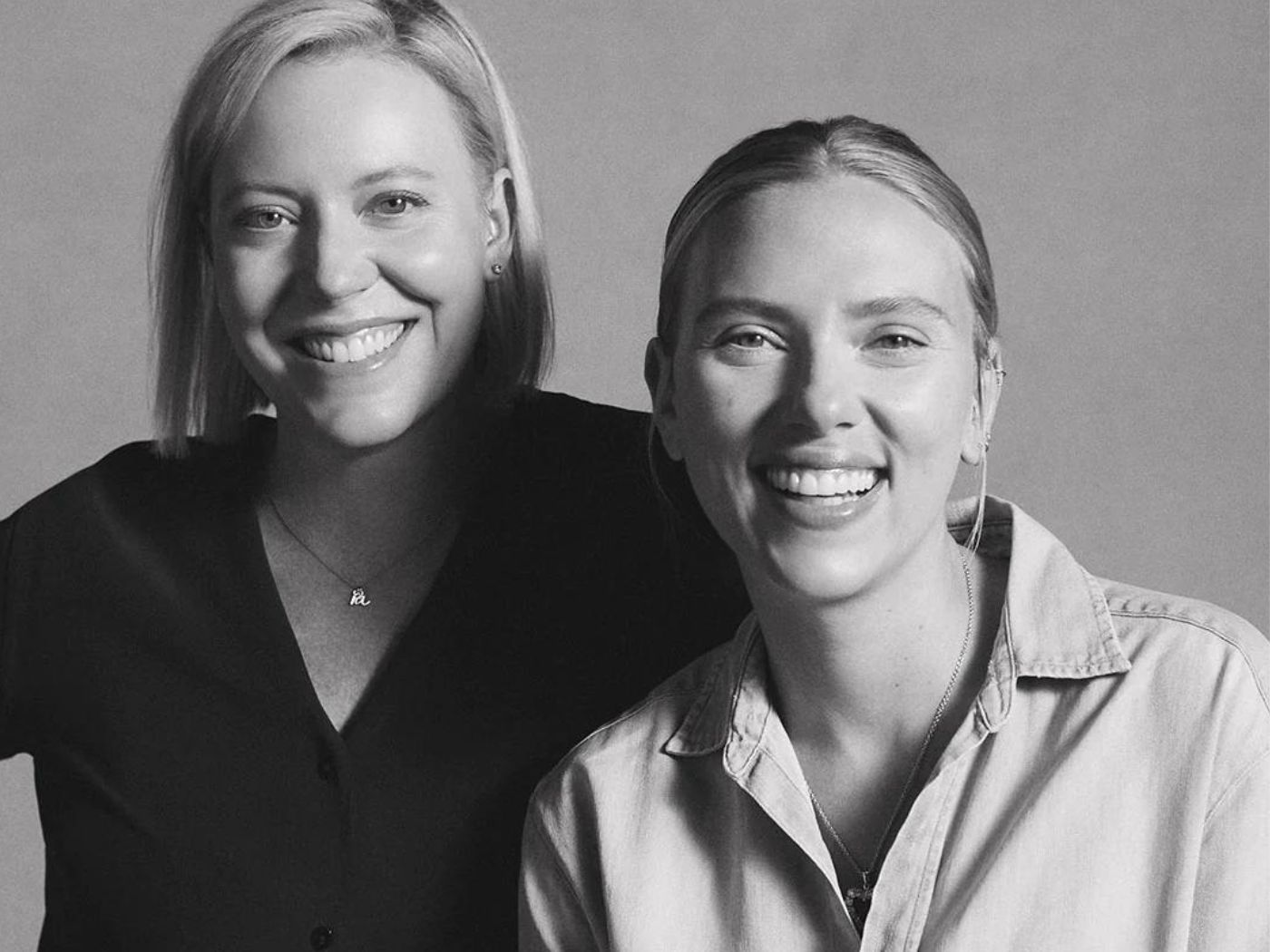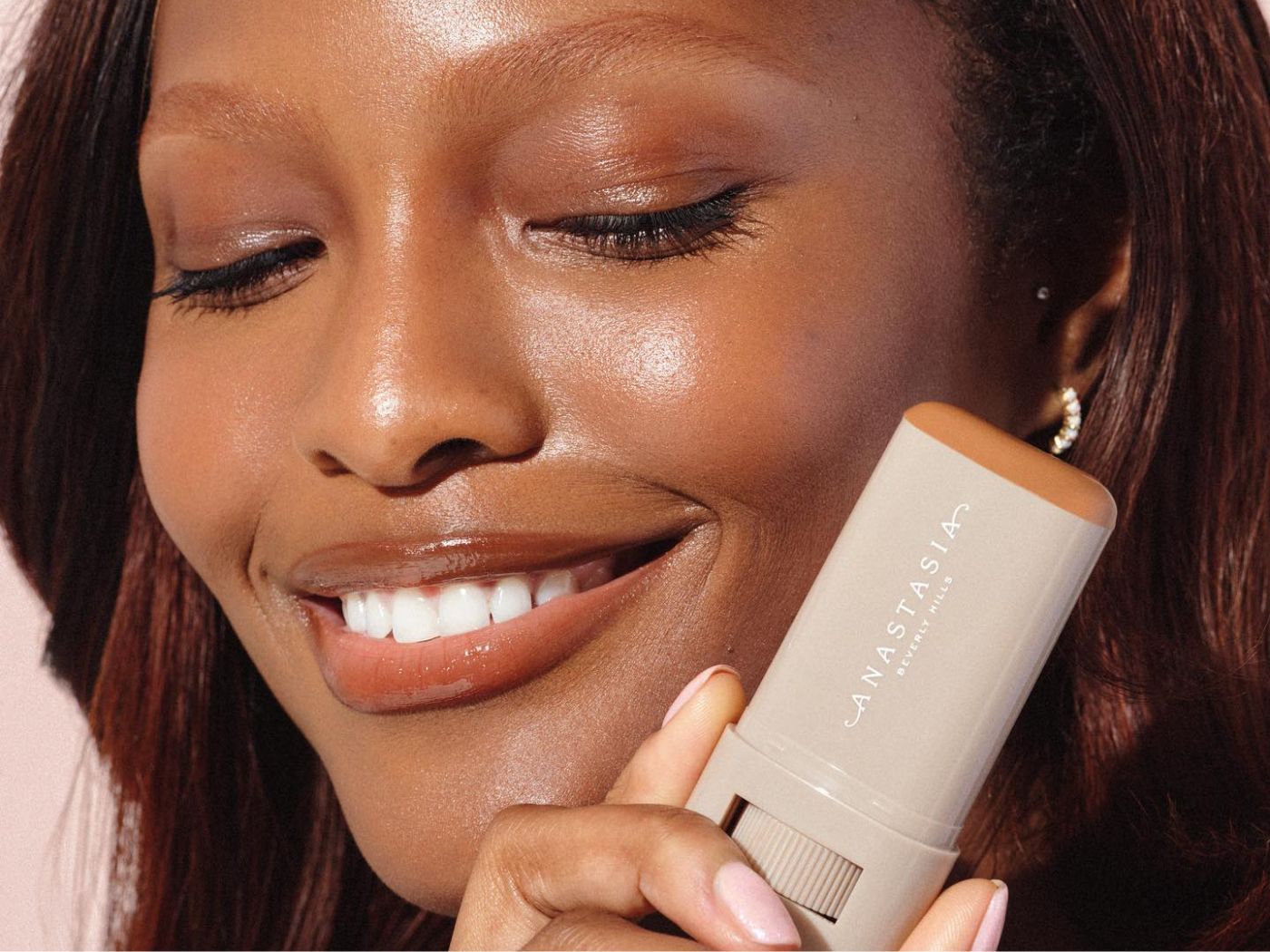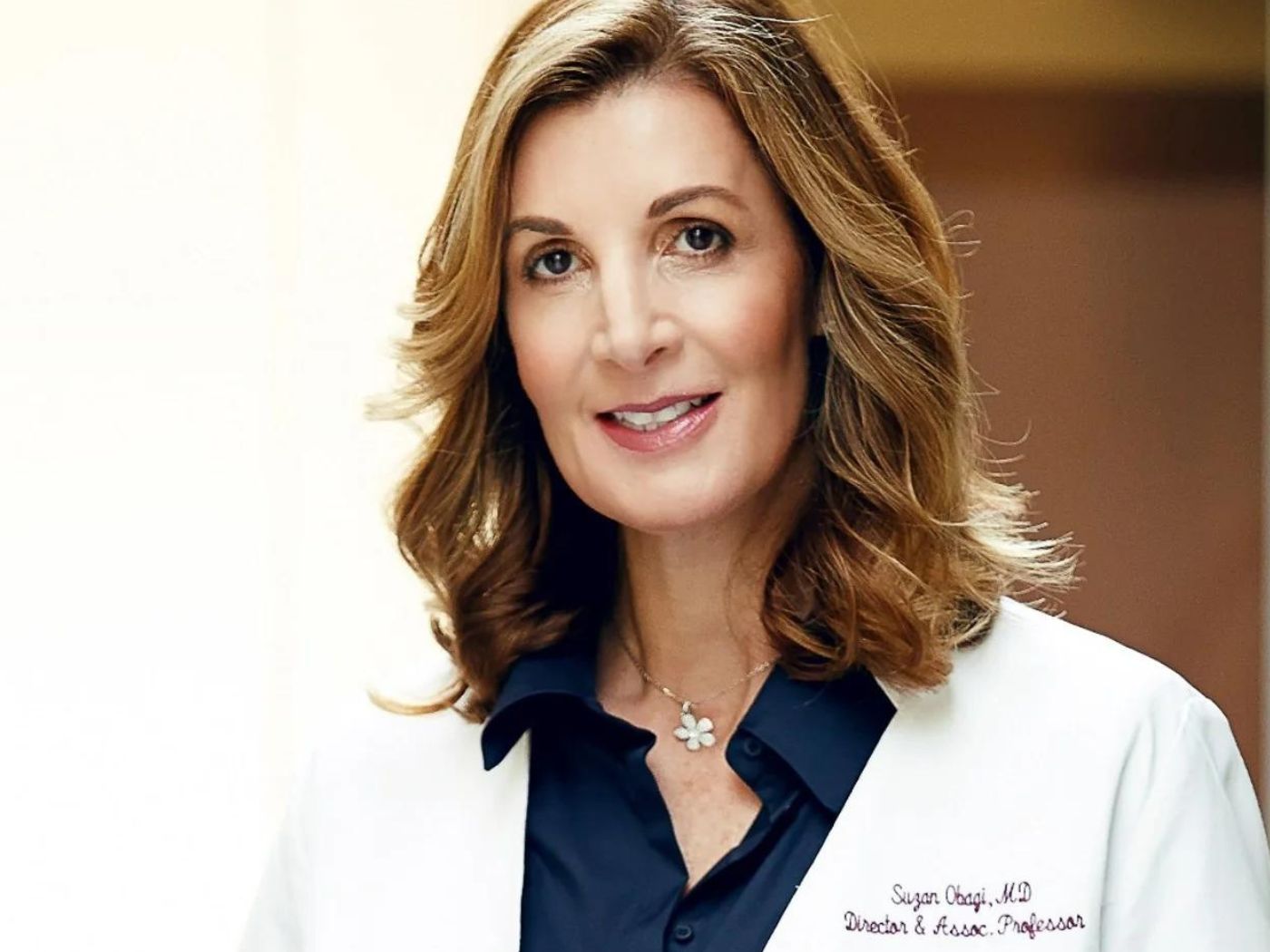When it comes to giving beauty shoppers the opportunity to “try on” make-up and hair color as part of the online shopping experience, the virtual possibilities continue to change apace (as the recent Pat McGrath/Google pop-up ARt of Beauty event demonstrated). As of yesterday, Google’s try-on technology using augmented reality tools will be available for access in the Google app and via the mobile webb. Until now, this type of AR try-on tech has only be available to use within the app. “Google will allow people to virtually try on hair colors and foundations on their own image, as well as on model images, in both the Google app and on the mobile web,” reports VOGUE Business. “Users will also be able to search for a foundation or hair color type or name from a participating brand in Google on their smartphone’s web browser, select a product and tap “try on”.” Google plans to roll the technology out across its other AR beauty categories, such as eyes and lips, currently used by brands such as Covergirl, Mac and Urban Decay. Companies including L’Oréal and Revlon already utilise AR try-on tech for their home hair color products. On the subject of AR beauty happenings, Maybelline has collaborated with FFACE.ME to create the biggest AR “mirror” in the world— at 4,000 square meters—in Kyiv, Ukraine.
For indie beauty brands looking to sell their company, at CEW today we have an insider’s report on what it takes. “Selling your indie brand has become akin to a golden ticket, with businesses looking to success stories, like Drunk Elephant, which sold to Shiseido for a reported $845 million in 2019, or Hero Cosmetics, which was acquired by Church & Dwight for $630 million last year,” writes Genevieve Monsma, who considers each step— from prepping your brand for financial scrutiny to choosing partners and hiring legal help—with advice and anecdotes from the experts. Among those sharing their wisdom with CEW are Nancy Twine, founder and CEO of Briogeo, which she sold to Wella in 2022, and Vennette Ho, a Managing Director and Global Head of Beauty & Personal Care at Raymond James. “There is a lot of fanfare around transactions; sometimes it seems like everyone is doing a deal. And from the outside world, it can seem glamourous and easy,” says Ho. “But what I think people don’t realize is that behind every deal is tremendous effort, hundreds of conversations, and thousands of hours of work over the course of many years. Running that process can become like a second job for the brand’s management team.”
In other news, Dove recently partnered with Venus Williams for their newest self esteem initiative, the Body Confident Sport online coaching program, which aims to promote body positivity in young female athletes.
Read up on these and other news stories here.
Google launches AR try-on tools for use on the mobile web. Now, shoppers will be able to search for a product from a participating brand one their smartphone’s web browser. (VOGUE BUSINESS)
The insider’s guide to selling your indie beauty brand. At CEW, Genevieve Monsma asks a range of industry experts to break down all that’s involved. (CEW)
Scarlett Johansson, co-founder of The Outset, discusses the inspiration behind the skincare brand, her own struggle with acne and more. “I’m not a facial person. I am scared of them. I think because I had acne for so long, I was just terrified of anybody touching my face,” she tells Mari Lodi. (ALLURE)
Doves Partners with Venus WIlliams, Nike on Body Confidence Campaign. Dove, beauty’s leader and innovator in creating programs and campaigns that empower people of all sizes, race, and gender, is now focusing on young female athletes in an effort to improve their body confidence. (CEW)
Which beauty brand launches have stood out from the crowd in Q3? A new report by Beauty Matters spotlights some new brands of note. (BEAUTY MATTERS)
Maybelline and FFACE.ME create the world’s biggest AR try-on “mirror”, in Kyiv, Ukraine. (COSMETICS DESIGN)




